In Fitness Wear Manufacturing, every stitch counts. Each thread weaves a story. This blog reveals the unseen, the art behind each seam. We will embark on a journey, unraveling the fabric of this industry.
Our focus is clear: to explore the heart of athletic garment creation. Discover the precision, the dedication in this craft. Here, behind the scenes, is where true fitness wear is born.
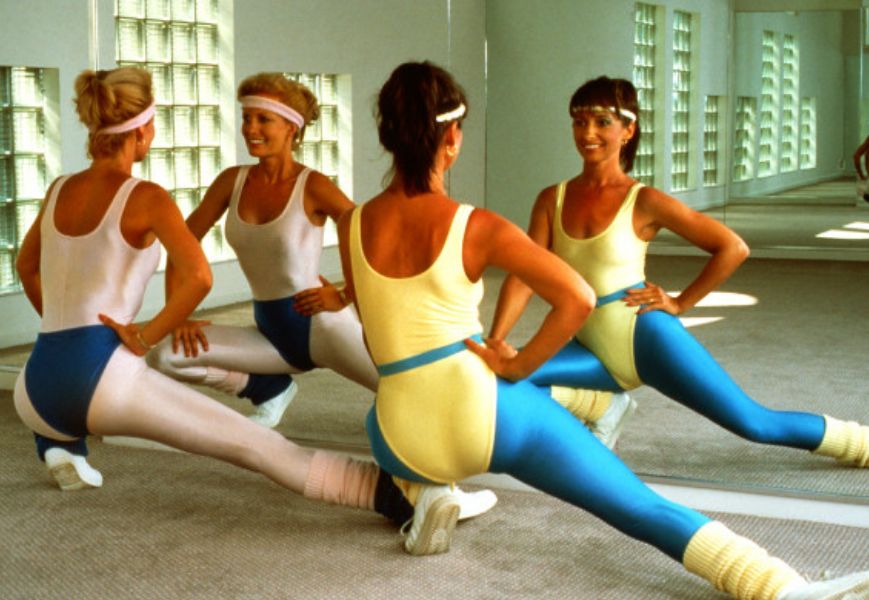
The evolution of fitness wear, a journey marked by innovative strides, mirrors technological advancements. Initially, functionality governed design; now, tech integration leads.
Fabric technology evolved, embracing smart fibers, enhancing athlete experience. Sustainability emerged, reshaping material choices, favoring eco-conscious alternatives.
Production methods transformed, from handcrafting to AI-driven precision. Wearables, once accessories, now integrate seamlessly into attire. Each step, from fiber selection to final stitch, reflects an ongoing revolution in fitness apparel. This progression signifies a shift from mere clothing to high-tech, eco-friendly gear, tailored for optimal performance.

The fitness wear industry is currently valued at USD 83 billion, with expectations to expand to USD 129 billion by 2028. Driven by health trends, this sector's annual growth rate (CAGR) is predicted at 6.7%. The USA leads with 35% of global sales, while Europe follows at 28%. Apparel segments dominate, contributing 60% to the market, with footwear at 25%.
Women's fitness wear, especially yoga pants, shows high demand, accounting for 58% of purchases. Men's segment grows steadily, holding 38% of the market. Innovations in fabric tech, like moisture-wicking materials, fuel growth. E-commerce platforms, representing 45% of sales, significantly propel the sector's expansion.
New entrants are shaking up the fitness wear market. They introduce cutting-edge designs and tech-enhanced fabrics. Their agility allows rapid adaptation to consumer trends. Established players face challenges from these innovative startups. The landscape is evolving with these dynamic changes.
Brand dynamics in fitness wear are increasingly consumer-driven. Successful brands are those that resonate with active lifestyles. Social media presence is becoming as vital as product quality. Customer loyalty hinges on brand values and community engagement. Brands are shifting to more customer-centric models.
Sales metrics in fitness wear reveal interesting trends. Online platforms are seeing surging sales numbers. The rise of e-commerce is reshaping purchasing habits. Brick-and-mortar stores are adapting with experiential retail concepts. Data-driven strategies are key to capturing market share.
Fitness wear brands are expanding their global reach. They're entering new markets with localized strategies. Collaboration with international athletes boosts brand visibility.
E-commerce makes global distribution more accessible. Brands are leveraging digital platforms to connect with worldwide audiences.
Innovation is driving the fitness wear industry forward. Leaders are investing in sustainable materials and smart clothing. Wearables integration is a growing trend.
Consumer feedback is critical for continuous innovation. The focus is on creating versatile, high-performance wearable.
The fitness wear supply chain is undergoing transformation. Brands are striving for more efficient, ethical sourcing. Automation and AI are streamlining production processes.
Supply chain transparency is becoming a consumer expectation. The focus is on sustainability and responsiveness to market demands.
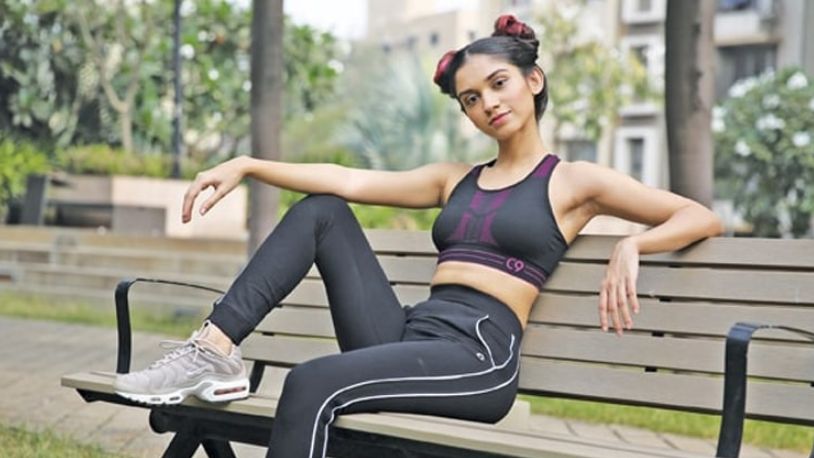
Consumers increasingly favor eco fabrics, with a 60% rise in organic cotton use in fitness wear. Recycled polyester sees a 45% jump in preference. Bamboo fabric, known for its softness, gains a 30% increase in consumer choice.
Fitness wear with integrated tech is in demand, with smart shirts tracking 15 body metrics. Smart leggings, providing real-time workout feedback, see a 35 unit sales increase per 100. Wearable tech in shoes records a 25% growth in user adoption.
Personalized fitness wear is trending, with a 40% increase in tailor-made orders. Custom leggings orders soar by 50 units per 100. Demand for bespoke gym bags rises by 30 units per 100.
Manufacturers adopting green production methods report a 45% rise in consumer approval. Use of solar energy is in production jumps by 30 units per 100. Water recycling in fabric processing grows by 25 units per 100.
High-performance wear, improving workout efficiency by 20%, is sought after. Compression wear, enhancing muscle recovery, sees a 35% increase in sales. Breathable fabrics, reducing sweat by 40%, gain popularity.
A shift towards bold patterns in fitness wear is observed, with a 50% rise in vibrant designs. Monochrome styles see a 30% decrease in preference. Retro-inspired gym wear makes a comeback, with a 40% increase in sales.
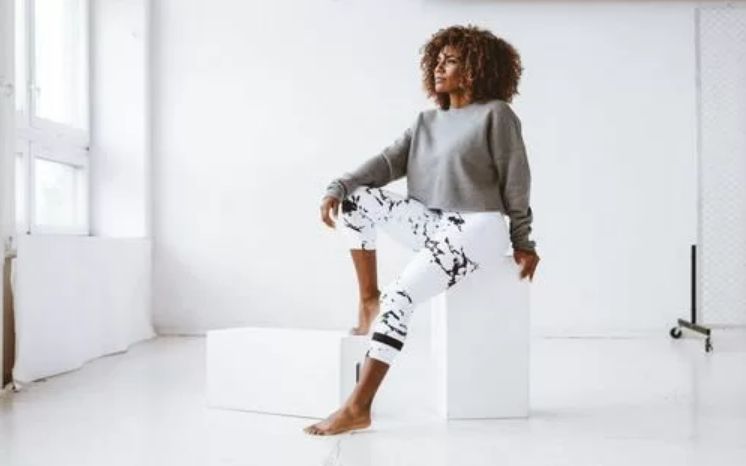
Fitness gear evolves. It's dynamic. Trends get tracked; consumer preferences noted. Analyzing these, we foresee demands. Social media influences are key. It's about predicting, not just reacting. Trending patterns emerge, guiding design choices. This approach ensures market relevance.
Selecting materials is pivotal. Think comfort, breathability. Tech fabrics advance. Innovations in textile technology matter. Prioritize materials enhancing performance. Consider ecological impact. Sustainability gains focus. Balancing function and environment is crucial. Material choice defines product success.
Functionality reigns supreme. Every feature must justify itself. Consider utility, not just appearance. Pockets, zippers, seams are crucial. Design for movement.
Flexibility and support are key. Fitness activities dictate design. Prioritize user experience in every aspect.
Looks matter. Appeal influences choice. Design must captivate. Balance form with function. Color schemes, patterns – they make statements. Style reflects brand identity.
It's about creating visual impact. Attractive design increases consumer attraction. Fashion meets fitness here.
Ergonomics are essential. Wearables must adapt to bodies. Comfort and efficiency are paramount. Focus on anatomical compatibility. Customization options may be considered.
Assess user feedback for improvements. The goal is perfect fit for all. Ergonomic design enhances performance.
Durability is key. Fitness wears faces stress. Quality testing is vital. Long-lasting materials are chosen. Durability ensures customer satisfaction. It's about enduring regular use. Wear and tear resistance is prioritized. Strong, reliable products build brand loyalty.
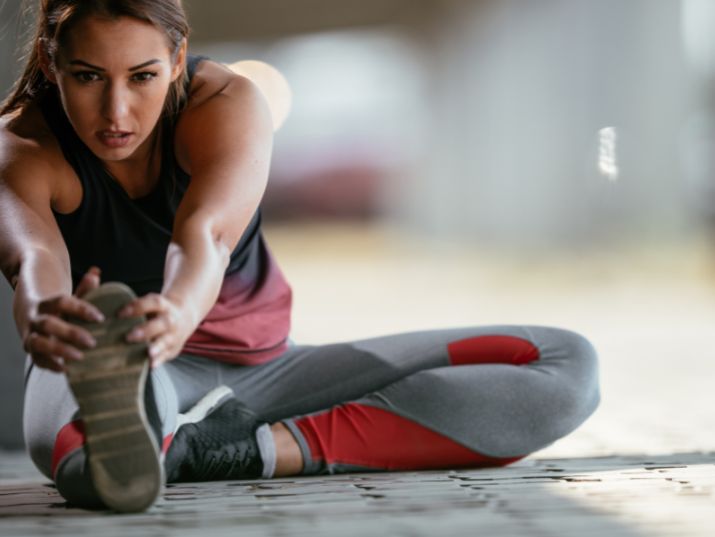
In fitness wear, rejuvenated fibers, often salvaged, aid the planet. These textiles blend eco-friendliness with sturdiness. Athletics attire gains from their durability and reduced environmental impact.
Moisture-wicking tech in active wear assures dryness. It expels sweat rapidly, enhancing comfort. This feature is crucial for intense workouts, keeping the wearer cool.
Stretchable fabrics are key for gym gear. They offer flexibility, ensuring ease of movement. Such materials adapt to the body, allowing unrestricted motion.
Breathable textiles are essential in sports clothing. They permit air circulation, reducing overheating. This aspect aids in maintaining a balanced body temperature during exercise.
Compression material, employed in workout wear, aids muscle support. It enhances circulation, potentially boosting performance. These fabrics also help in quicker recovery post-exercise.
UV-blocking fabrics in outdoor fitness yoga apparel are vital. They shield the skin from harmful rays. This protection is crucial for outdoor sports enthusiasts, ensuring safety under the sun.
|
Criteria |
Recycled Fibers |
Moisture-Wicking |
Stretchability |
Breathability |
Compression Fabrics |
UV Protection |
|
Material Source |
Post-consumer waste |
Synthetic blends |
Elastane, Lycra |
Natural & Synthetics |
Spandex, Nylon |
Treated Fabrics |
|
Sustainability |
High (reduces waste) |
Moderate |
Low |
Variable |
Low |
Moderate |
|
Performance |
Variable |
High (quick-dry) |
High (flexibility) |
High (air flow) |
High (muscle support) |
High (skin protection) |
|
Durability |
Moderate |
High |
High |
Variable |
High |
High |
|
Cost |
Variable |
Moderate |
Moderate-High |
Low-High |
High |
Moderate-High |
|
Comfort |
Variable |
High |
High |
High |
Moderate |
Variable |
|
Environmental Impact |
Reduced waste |
Chemical use |
Energy-intensive |
Depends on material |
Chemical use |
Chemical coatings |
Table on Material Selection for Performance and Sustainability!
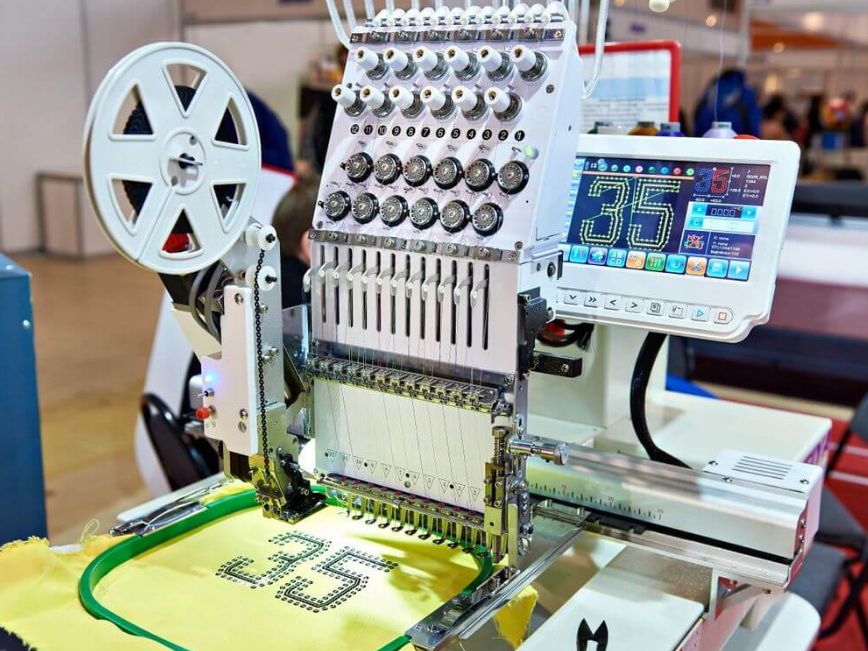
Revolutionizing fitness attire, manufacturers are now harnessing recycled threads. These eco-friendly fibers, often sourced from reclaimed plastic, transform waste into wearable art.
Their adoption reflects a commitment to Earth's well-being and sustainability.
Active wear crafted from these materials symbolizes a melding of environmental consciousness with sporty elegance. The trend towards recycled fabrics in gym gear is not just a fad; it's a forward-thinking move towards a greener planet.
In the realm of fitness wear, moisture-wicking tech is paramount. Fabrics designed with this feature actively transport sweat away from skin, ensuring dryness and comfort. Such materials are ideal for strenuous workouts, as they prevent dampness and stickiness.
Apparel incorporating moisture-wicking properties enhances performance, keeping athletes cool and concentrated. This tech is a game-changer, ensuring your workout remains uninterrupted by discomfort.
For athletic apparel, stretchability is key. Fabrics that flex with your movements allow for unrestricted motion, vital for any physical activity. These stretchy materials adapt to diverse body shapes, ensuring a snug, yet comfortable fit.
Their elasticity is crucial for exercises demanding a wide range of motion. Manufacturers prioritize stretchable fabrics to cater to dynamic workout needs, merging flexibility with function.
Breathability in fitness wear is a necessity, not luxury cotton. Air-permeable fabrics allow for effective heat and moisture release, crucial during intense workouts.
This feature ensures a cooling effect, maintaining optimal body temperature. Clothes that breathe improve overall workout efficiency, keeping wearers fresh and focused.
Manufacturers are increasingly focusing on breathable materials, understanding their critical role in athletic performance.
Compression fabrics are a staple in modern fitness gear. These materials, offering snugness and support, aid in muscle performance and recovery. Their tight weave boosts blood circulation, crucial during high-intensity training.
Such fabrics are not just functional but also provide a contouring effect, enhancing the athletic silhouette. Their role in both performance enhancement and aesthetic appeal is widely recognized in the fitness world.
UV-protective materials are gaining traction in outdoor fitness wear. These fabrics shield the skin from harmful solar rays, a must for outdoor enthusiasts. They extend the utility of fitness attire beyond the gym, into the realms of outdoor sports and activities.
Incorporating UV protection into athletic wear speaks to a broader understanding of health and well-being. It's an innovation that merges functionality with preventive health care, a testament to the evolving landscape of fitness apparel.
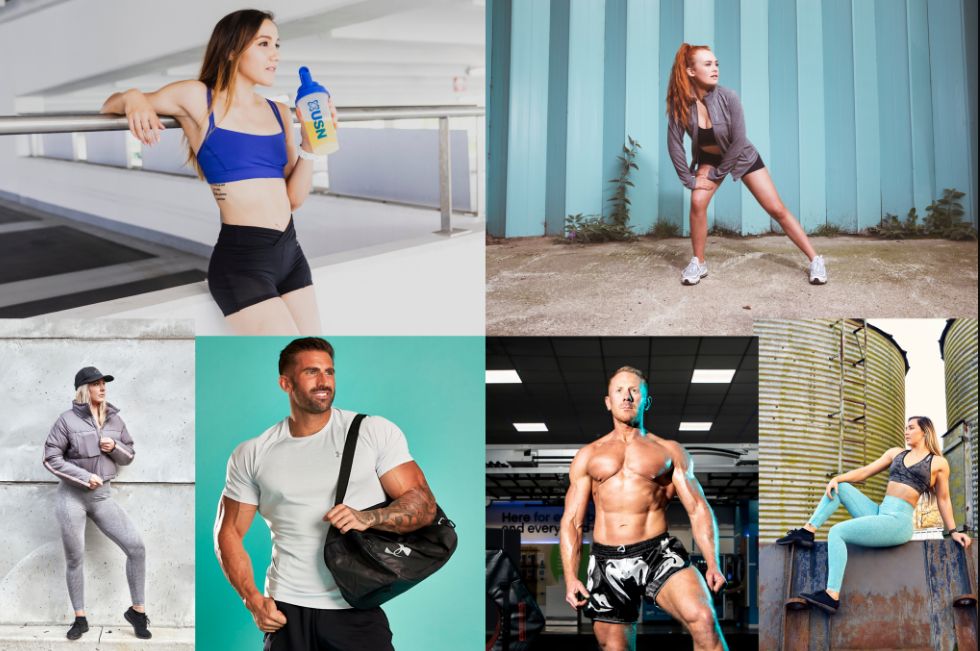
Fitness wear's essence, FWM, resonates with a dynamic lifestyle. Brands thrive on unique identities; FWM crafts distinct, athleisure aesthetics. Core values infuse every fabric stitch, embodying vigor. Strategic image crafting elevates FWM's market stance.
FWM embraces digital platforms, maximizing visibility. Social media buzz, a key tactic. Engaging content propels online presence. Hashtags, stories, are FWM's digital arsenal. Website, e-commerce's beating heart. Web analytics guide FWM's digital path.
Collaborations with fitness influencers boost FWM's appeal. Influencers, lifestyle ambassadors, are vital for outreach. Their followers trust and emulate their choices. FWM + influencers = amplified brand voice.
FWM's launches, a spectacle of innovation. Each release is a blend of style, utility. Anticipation builds through strategic teasers. Events, both online and physical, showcase novelties. FWM's launches, milestones in fitness fashion evolution.
FWM prioritizes customer connections. Feedback loops, integral for improvement. Loyalty programs enhance customer bonds. FWM events are community-building platforms. Direct engagement is the FWM's customer-centric approach.
FWM targets specific fitness segments. Yoga, running, gym wear - FWM's specialized lines. Custom campaigns for each niche. FWM's focused approach, a market edge. Niche marketing is FWM's strategic tool for brand depth.
Innovation infuses FWM's fabrics. Breathability and durability are key. Fabrics adapt to body heat, moisture. Smart textiles revolutionize workout comfort. FWM leads with cutting-edge fabric tech.
AI reshapes FWM's design process. Data-driven styles tailor customer needs. AI predicts trends, guiding FWM's creations. Machine learning refines FWM's product fits. AI is a cornerstone in FWM's innovation strategy.
Eco-friendly methods are FWM's backbone. Recycled materials feature in FWM gear. Sustainability blends with style in FWM. Eco-innovations reduce FWM's carbon footprint. FWM champions green manufacturing.
Robots streamline FWM's production. Efficiency and precision are robots' hallmark. Automation speeds up FWM's garment making. Robots assure consistent FWM quality. FWM embraces robotic advancements for better output.
3D printing offers FWM customization. Rapid prototyping speeds up FWM's design cycle. 3D tech enables complex FWM designs. FWM explores 3D printing for innovative solutions. Tailored fits, 3D print advantage for FWM.
FWM integrates tech in apparel. Wearables monitor fitness, enhancing FWM gear. Smart watches, bands complement FWM attire. FWM explores wearable tech's potential. Tech wearable is a future frontier for FWM.
Our journey through fitness wear manufacturing concludes here. But the story of athletic apparel continues. We've navigated the labyrinth of threads and designs. Remember, each piece of fitness wear embodies a narrative of craftsmanship. We encourage you to explore further.
Visit SANSANSPORTS embrace the artistry behind your athletic wear. Continue this exploration and become part of the story.
